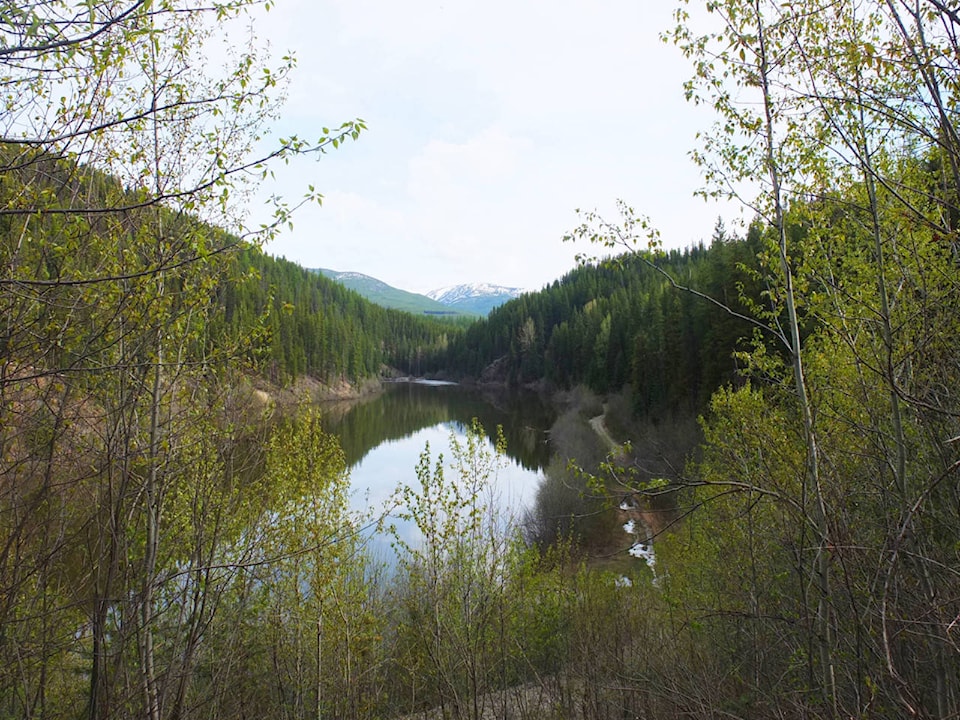Earlier this year, Kimberley Mayor Don McCormick had a discussion with Forests, Lands, Natural Resource Operations and Rural Development Minister Doug Donaldson regarding watersheds.
READ: city wants baseline assessment of watersheds
McCormick was seeking support from the Ministry for a baseline study to measure effects of activity within the watershed, which McCormick believes should be managed as an ecosystem.
Included in the agenda of this week’s Committee of the Whole meeting of Council was a report from McCormick putting forward a case for that.
In his report, McCormick notes that the latest census figures show Kimberley is one of the fastest growing communities in B.C.
The fact that the city does not have, and cannot afford, a filtration plant for water, added to the growing population and growing demands for recreation and logging in the watershed dictate prudent watershed management, he says in his report.
“The City of Kimberley wishes to take a more focused approach to watershed management. This means managing the watershed as an ecosystem.”
What the city will propose, if approved by Council, is an ecological assessment of the watershed ecosystem “cumulative effects” (such as climate change).
“If we can combine the maintenance of watershed ecosystem integrity with water conservation measures, then it is possible that Mark Creek and Mathew Creek watersheds will be ecologically healthy and sustainable for future generations.”
McCormick says that climate change, and its impacts on a range of natural disturbances including drought, wildfire and insects, is predicted to have a significant impact on the City of Kimberley’s access to clean water.
The analysis would look at historical data to see how forests grew, how drought, wildfire, insects etc. effected the forests. Computer models would simulate how that historical landscape functioned, and from there models would be developed to assess how far the ecosystems are from historic conditions, and how vulnerable they are to disturbances (fire, drought, insects).
From all of these models, management scenarios can then be developed with the central goals of limiting fire size and severity, limiting insect vulnerability and limiting high turbidity events. These scenarios would include varying levels of forest management including timber harvesting, thinning, tree species selection, prescribed burns and modified wildfire response.
The process would require updating as new conditions develop as climate changes.
It’s important, McCormick says, that the city focus on things it can control.
McCormick says that the scope of the assessment still has to be defined before a dollar amount can be put to its cost.
He says there is still a lot of work to do with multiple stakeholders (FLNRORD, the Wildfire folks, Canfor and BC Timber Sales, Aq’am/Ktunaxa etc.) before there is enough substance to create a proposal for Council, and subsequently the existing Watershed Committee to review.
carolyn.grant@kimberleybulletin.com
Like us on Facebook and follow us on Twitter
